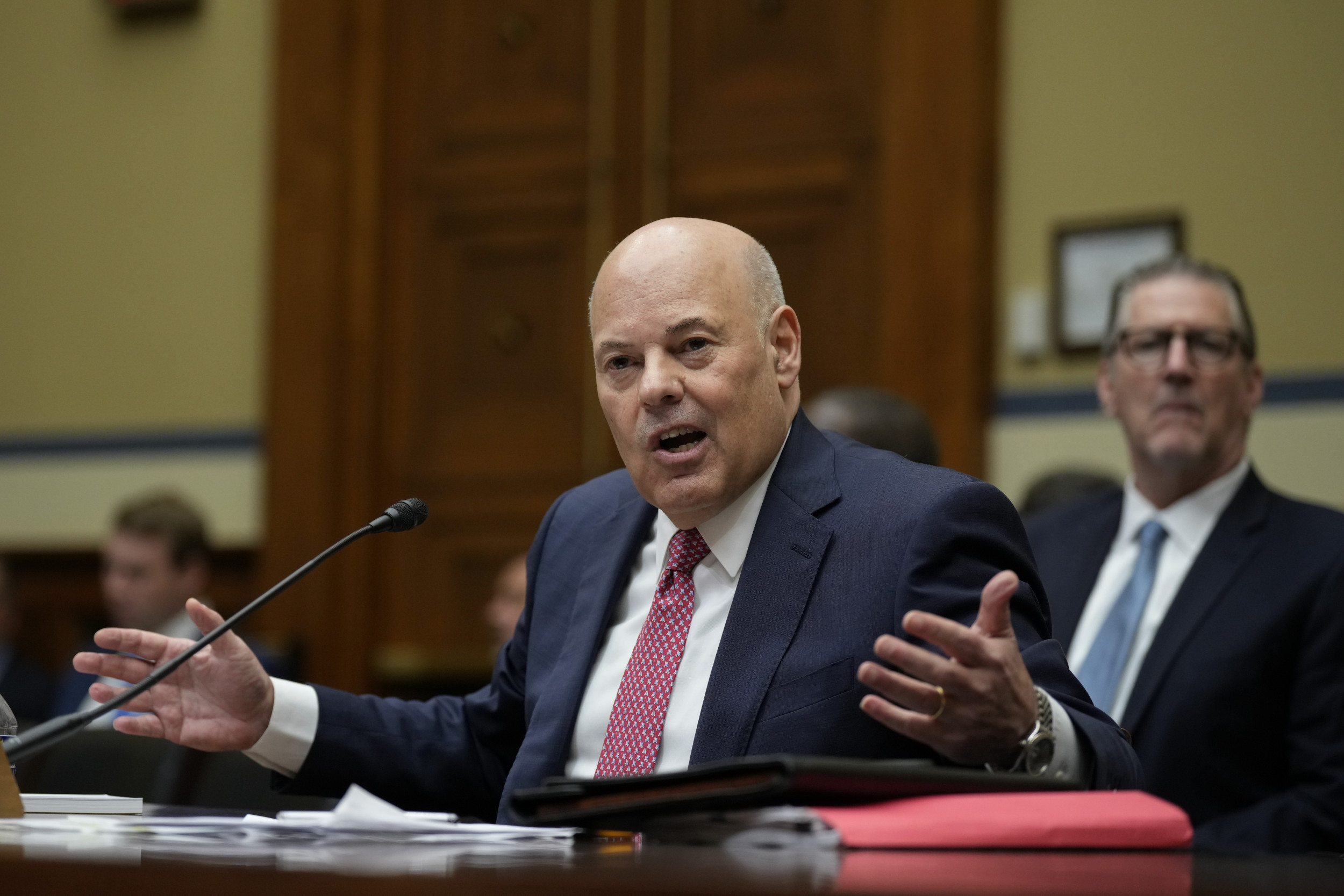It is the height of hurricane season. While we do not know every impact of this year's tropical weather, one thing is almost certain: somewhere, someone will flood. After a community floods another thing is almost certain: community leaders will ask for money to build a levee.
Levees, flood walls, and other, "hard," forms of flood protection are popular. Their construction is backed by billions of dollars in the bipartisan infrastructure bill, with more funding available in other federal legislation. These structures can be effective, providing a predictable way to reduce risks from rising waters, surging seas, and raging rivers. Levees also create an appealing mix of jobs, including white-collar positions in engineering, and blue-collar jobs in construction. However, these structures also carry serious risks, and building them can raise equity concerns. Given the Biden's administration's emphasis on addressing environmental equity, communities would be wise to address these issues before they build an earthen wall that would be hard to get rid of.
One problem with levees is that they often do not protect against the largest of storms. Most federally funded levees are built to withstand an event that has a 1 percent chance of happening in any given year; the standard required to keep communities behind the levee in compliance with flood insurance requirements. This might seem like a rare storm, but it is not. Statistically, speaking, such a storm has about a 1 in 4 chance of happening over the span of a 30-year mortgage, and a greater than 50-50 chance of occurring over the lifespan of an 80-year-old person. Simply put, if you live behind a levee that only provides the protection that the federal standard requires, there is a decent chance you will flood sometime in your life. Add climate change and aging infrastructure to this equation, and the odds of flooding go up.

The disconnect between the physical presence of a levee, and the actual level of flood it can defend against, can lead to people to misjudge their flood risks. Individuals, developers, and governments may opt to build in an area assumed to be free from flooding, only to find property damaged and lives transformed when flooding does occur. Social scientists even have a name for this misjudgment, "the levee effect."
The thorniest issues involve the levee's path, or "footprint," and the decisions that govern which communities should be within and outside of the system. Federal regulations generally require that the value of the property protected by a levee be greater than the cost of building and operating it. Such math can effectively prioritize flood protection in urban areas over rural areas or small towns—as there are more homes to protect—and thus more dollars to be damaged, in urban areas. This reasoning can also prioritize wealthy communities over less-wealthy ones since home values are higher in wealthy regions. Societal divides can develop, as people without levees ask why other people's homes are worth protecting and theirs are not.
Building levees can even increase flood risks for some, because, as we like to say in Louisiana, "the water has to go somewhere." If a community builds a levee to keep water out, water levels outside the levee will increase—raise flood risks for those communities. For example, in Terrebonne Parish, Louisiana, where I work, the community built a nearly 84-mile-long levee to reduce flooding for residents in several small towns and a medium-sized city. The structure has substantially reduced flooding for residents inside the levee. But computer models indicate that that levee will also increase water levels about 3 to 7 feet in areas outside of the flood protection system—including the marine laboratory where I work.
Imagine this scenario playing out across the country. As communities seek to build levees to protect themselves from rising waters, other nearby communities are threatened. If, for example, New York built a levee to protect against flooding along the Hudson River, New Jersey could be at risk. This leads to another kind of water conflict emerging with climate change, one that in many senses is the polar-opposite of the battle by drought-stricken states over access to water for drinking and irrigation.
The emerging strife over levees are a reminder of why it is likely easier, in the long run, to address the greenhouse gases that are the causes of climate change, rather than deal with the impacts of a changing climate. As we approach the next United Nations climate conference in November, and people discuss the cost of climate change, the costs and impacts of these structures would be wise to be mindful of.
Alex Kolker is an associate professor at the Louisiana Universities Marine Consortium. He studies climate change, sea level rise, resilience, and change in coastal systems. His work is based in the coasts and wetlands of the Mississippi River Delta, and he also has worked in systems across the world, including the Florida Everglades, New York, and North Africa.
The views expressed in this article are the writer's own.
Uncommon Knowledge
Newsweek is committed to challenging conventional wisdom and finding connections in the search for common ground.
Newsweek is committed to challenging conventional wisdom and finding connections in the search for common ground.
About the writer
To read how Newsweek uses AI as a newsroom tool, Click here.






